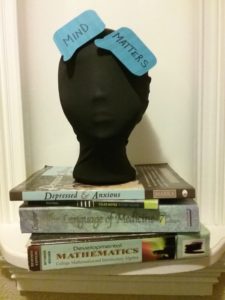Need an easy-to-use method to bolster brainpower? Look no further than mindfulness, a backed-by-science way to reduce anxiety and improve focus and working memory. That last part is important for us learners, because a function of working memory is to connect new information to old. According to experts at the American Psychological Association, mindfulness is a method of meditation defined as “a moment-to-moment awareness of one’s experience.” Put simply, mindfulness is focusing entirely on the here and now.
There are activities—such as yoga or tai chi—that have naturally incorporated mindfulness into their practices, but there’s no need to become a yogi to master this skill. As with most meditation, benefits can be reaped from as little as 10 minutes per day. Here are three easy ways to get started.

Tap into your senses: To help draw the focus back to real time, take a moment to find one thing that you can see, hear, smell, taste, and feel in your surroundings. To deepen the connection, you can increase the number of things you notice per sense, or repeat the exercise, noticing new things each time.
Pay attention to your body: It’s trying to tell you something. If you want to know what it’s saying, try doing a body scan. Start at your feet and work up to your head—or vice versa—by focusing on one part at a time and noticing any sensations. If you’re having trouble concentrating, you can try asking yourself questions like “Am I hungry? Thirsty? Hot or cold? Feeling stiff or sore?” This quick mental check will help reel you back into the present and help you identify any unmet needs.
Check your breath: Stress tends to make people breathe shallower. The quickest way to notice your breath is to focus on the difference in temperature as you inhale through your nose and exhale through your mouth. To check whether you are breathingdeeply, place a hand on your abdomen and see if it moves while you breathe. If not, you can try this method to gain more control: count to four while you inhale, hold for four counts, and exhale for four counts. Repeat these steps for as long as you are comfortable.
To learn more about the ancient practice of mindfulness, do a quick internet search—it will yield thousands of results. You can also download apps for a more structured experience.
